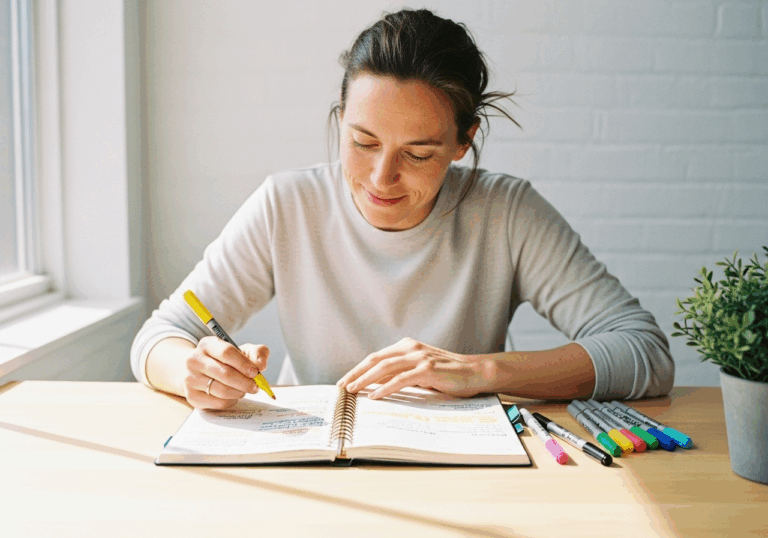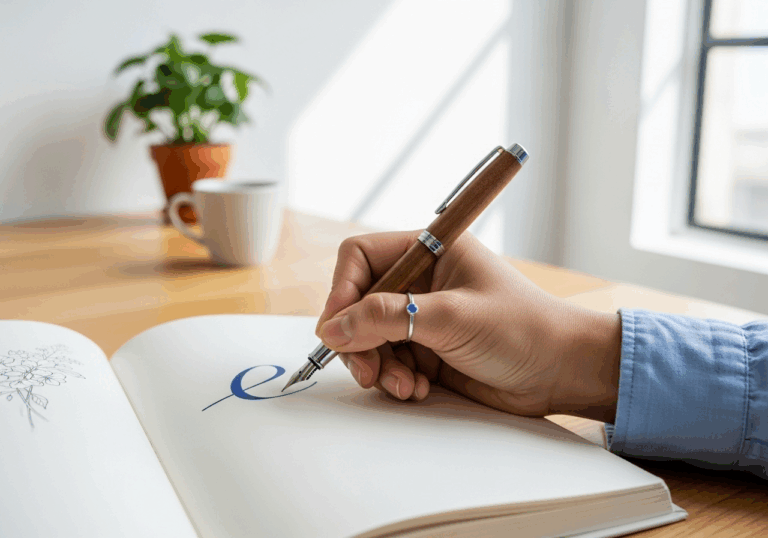Science-Backed Tips
Breathe Away Stress: Proven Techniques
Daily slow breathing and PMR reduce stress by 30% in 4 weeks.
📊 Did you know?
💡 Why It Matters
🌟
Reducing perceived stress can lead to improved mental wellbeing and mood stability.
🌟
Lower stress levels are associated with decreased risk of hypertension and cardiovascular diseases.
🌟
Implementing these techniques can enhance overall quality of life and daily functioning.
✅ Try These Micro-Tips
🎯
Practice combined slow breathing and PMR for 20 minutes daily.
🚀
Incorporate these techniques into your morning routine for consistency.
☀️
Track your perceived stress levels weekly to monitor progress.
🌱
Consider joining a guided session or using an app for structured practice.
📚 The study
Conducted over four weeks, this randomized controlled trial (RCT) revealed a significant reduction in perceived stress, highlighting the importance of these techniques in enhancing mental wellbeing.
Lowering stress perception not only contributes to improved mood but also plays a crucial role in reducing the risk of hypertension and cardiovascular diseases.
By incorporating SBE and PMR into daily routines, individuals can experience a remarkable enhancement in their overall quality of life and daily functioning.
The findings underscore the necessity of adopting stress-reduction strategies, especially for those managing hypertension, as they can lead to a more balanced emotional state and better health outcomes.
As we navigate the complexities of modern life, integrating these simple yet effective practices can empower individuals to take control of their mental health and foster resilience against stressors.
Embracing such techniques not only aids in managing anxiety but also promotes a holistic approach to wellness, making it essential for anyone looking to improve their mental and physical health.
❓ Frequently Asked Questions ❓
Learn more
What is combined slow breathing and PMR?
Combined slow breathing and Progressive Muscle Relaxation (PMR) are techniques used to reduce stress and anxiety. They involve controlled breathing patterns and systematic muscle relaxation to promote mental well-being.
How long should I practice these techniques daily?
It is recommended to practice combined slow breathing and PMR for 20 minutes each day. Consistency is key to achieving significant reductions in perceived stress levels.
What are the benefits of reducing perceived stress?
Reducing perceived stress can lead to improved mental well-being and mood stability. Lower stress levels are also associated with a decreased risk of hypertension and cardiovascular diseases.
How quickly can I expect to see results?
Participants in studies have shown a large reduction in perceived stress scores after just 4 weeks of practice. Regular practice is essential for achieving these results.
Can I track my progress while practicing these techniques?
Yes, tracking your perceived stress levels weekly can help you monitor your progress. This can provide motivation and insight into the effectiveness of your practice.
Is it necessary to join a guided session for these techniques?
While joining a guided session can be beneficial, it is not strictly necessary. Many people find success using apps or practicing independently with structured routines.
What is the significance of the study’s findings?
The study found a significant reduction in perceived stress scores, indicating that these techniques are effective for anxiety reduction. This supports the idea that lower stress perception can enhance overall quality of life.
Who can benefit from practicing slow breathing and PMR?
Anyone looking to reduce stress and improve their mental well-being can benefit from these techniques. They are particularly useful for individuals experiencing anxiety or those at risk of hypertension.
How can I incorporate these techniques into my daily routine?
Incorporating these techniques into your morning routine can help establish consistency. Setting aside dedicated time each day for practice can enhance the likelihood of long-term benefits.
What should I do if I find it difficult to practice these techniques?
If you find it difficult to practice, consider starting with shorter sessions and gradually increasing the duration. Additionally, using guided resources or apps can provide structure and support.





